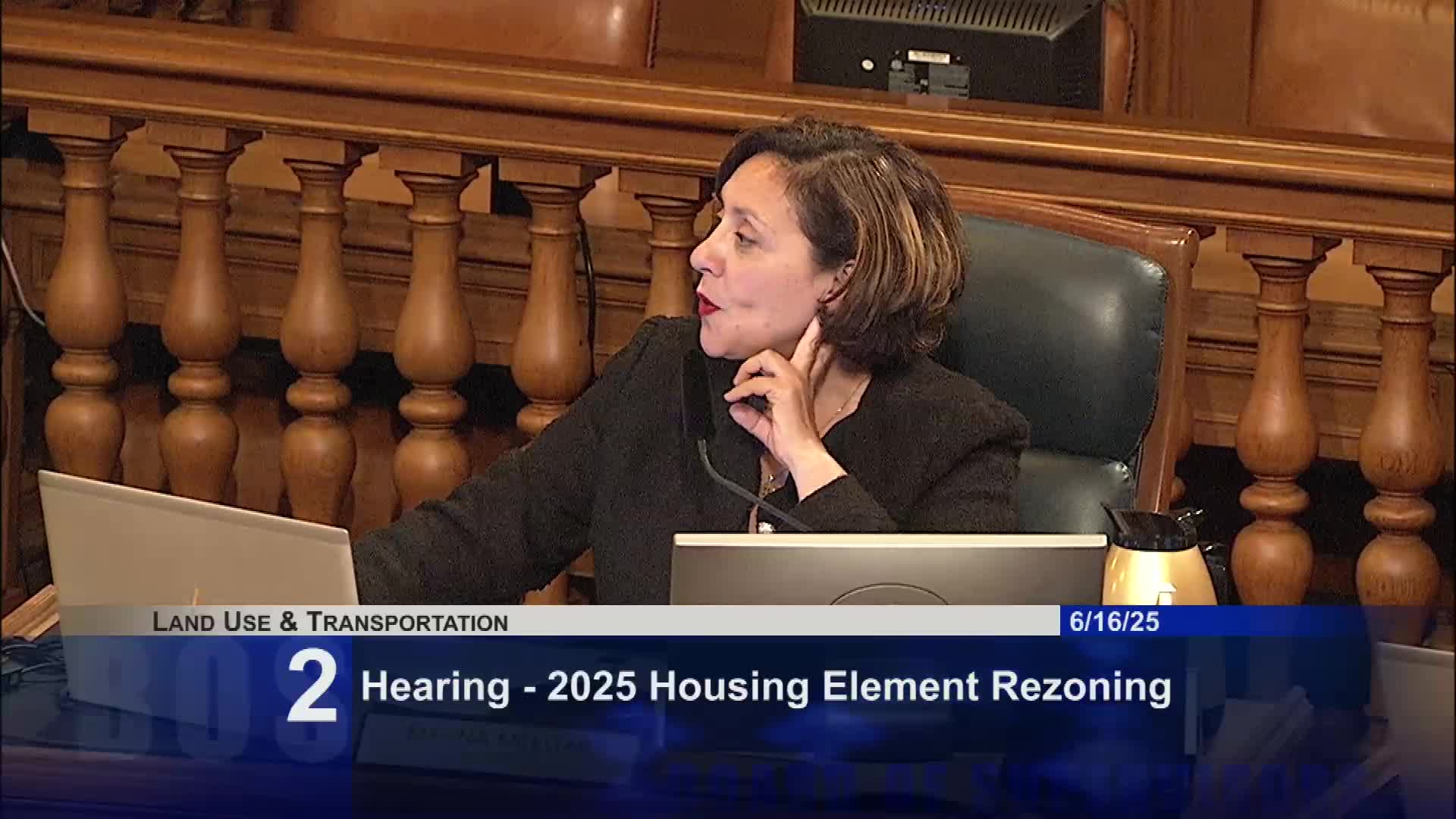San Francisco proposes comprehensive family zoning plan to increase housing density
June 16, 2025 | San Francisco County, California
Thanks to Scribe from Workplace AI and Family Portal , all articles about California are free for you to enjoy throughout 2025!

This article was created by AI using a video recording of the meeting. It summarizes the key points discussed, but for full details and context, please refer to the video of the full meeting. Link to Full Meeting
During the meeting, city officials emphasized the importance of transparency and community engagement in the rezoning process. The Planning Department presented detailed maps and strategies that highlight areas designated for new housing, particularly in historically underdeveloped regions. The plan seeks to balance the need for increased housing with the preservation of existing community character and resources.
Key discussions included the potential benefits of the rezoning, such as increased funding for affordable housing and support for local businesses. Estimates suggest that meeting housing production goals could generate an additional $700 million annually for local businesses, bolstering the city's economy. However, concerns were raised about the impact of new developments on existing residents, particularly regarding tenant protections and the risk of displacement.
To mitigate these risks, city officials are working on legislation to strengthen tenant protections and ensure that existing renters can remain in their neighborhoods. This includes a proposed right of first refusal for displaced tenants, allowing them to return to new developments.
The meeting also highlighted the need for a robust historic preservation strategy to protect valuable buildings from potential demolition as new housing is developed. Officials acknowledged the importance of safeguarding San Francisco's architectural heritage while accommodating growth.
As the city moves forward with the rezoning plan, officials are committed to ongoing community outreach and collaboration with stakeholders to refine the proposal and address concerns. The next steps include additional informational hearings and a timeline for legislative adoption, with the goal of finalizing the plan by January 2026.
This ambitious initiative reflects San Francisco's commitment to creating a more inclusive and sustainable city, ensuring that future generations have access to affordable housing while preserving the unique character of its neighborhoods.
Converted from San Francisco County - Video Open Video Only in Windows Media Player - Jun 16, 2025 meeting on June 16, 2025
Link to Full Meeting
Comments
View full meeting
This article is based on a recent meeting—watch the full video and explore the complete transcript for deeper insights into the discussion.
View full meeting